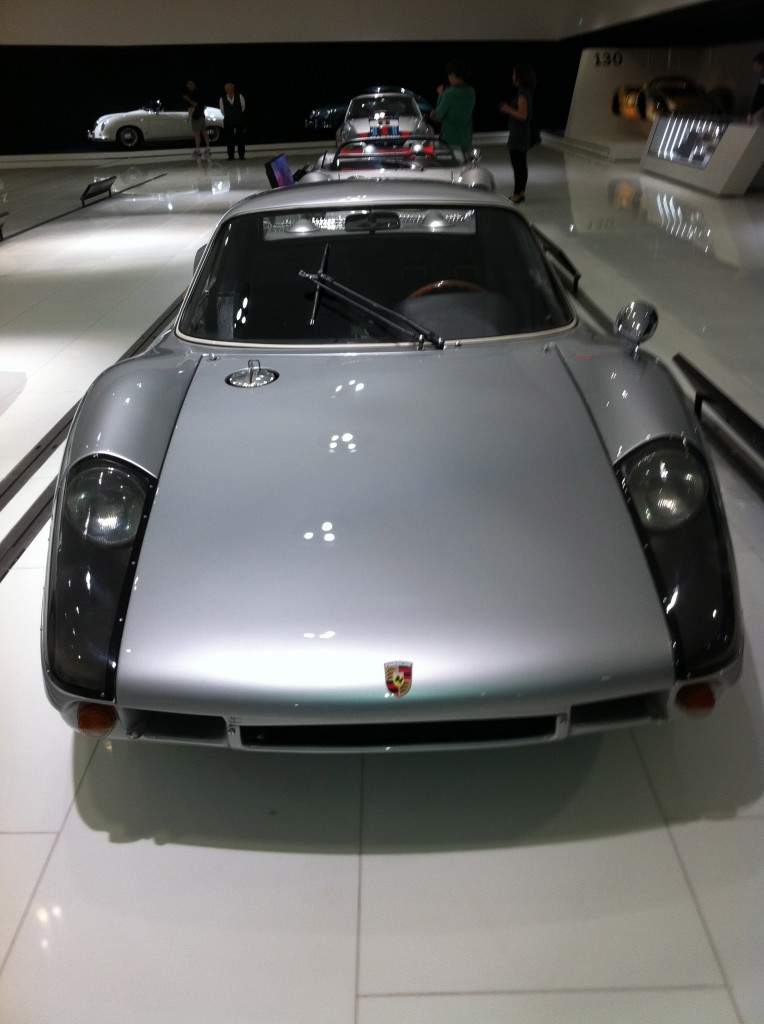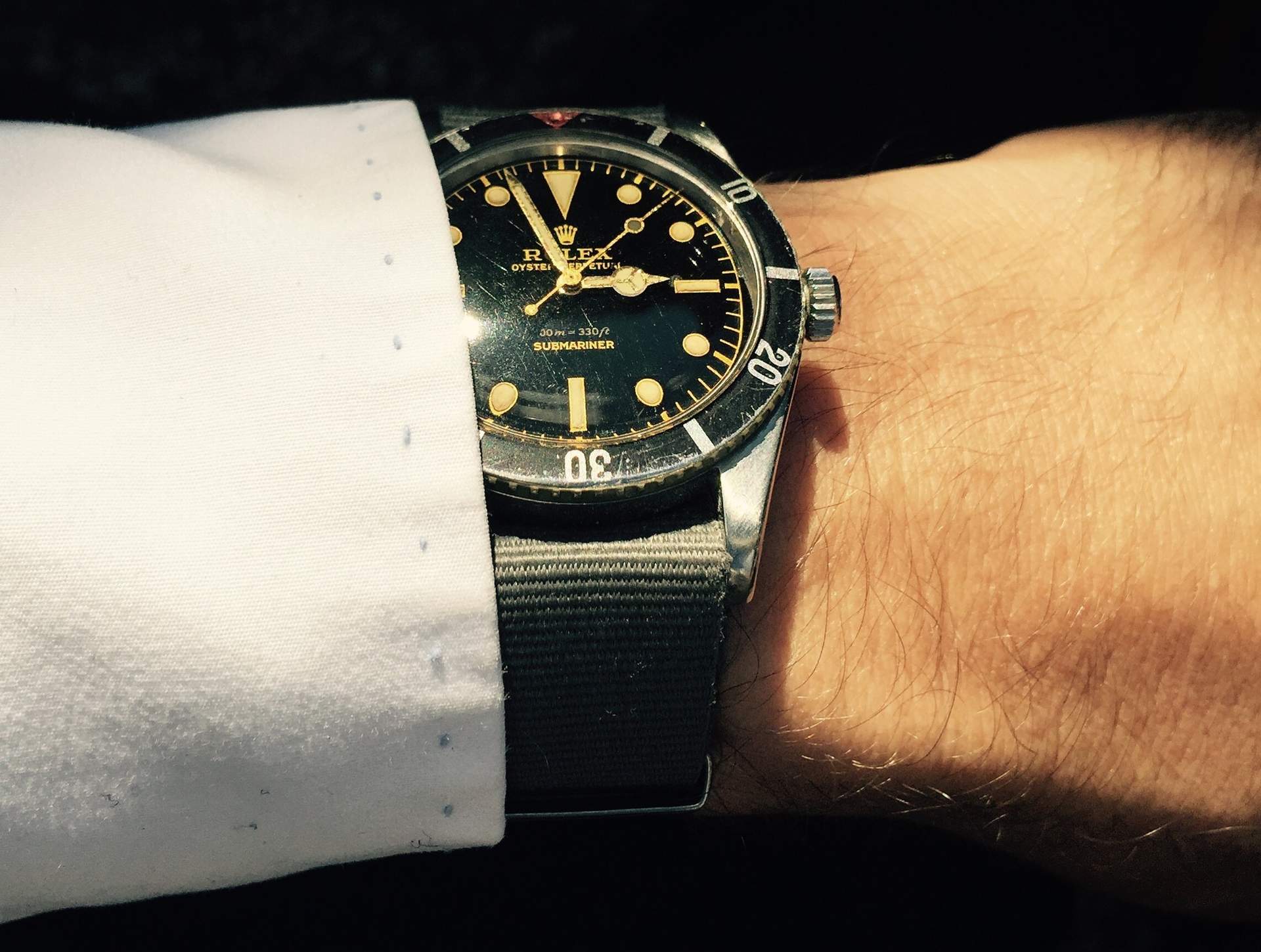
Rolex: The battle of the ‘small crown’ submariners

In the vintage watch world – it can be argued that nothing is more desirable or collectible than Rolex.
Sure Patek might achieve higher results in terms of value at auction (although Rolex is catching up quickly see this post) but Rolex wins in terms of collector numbers and devotion.
Collectors are so obsessed by Rolex that they even have created a Rolex dictionary of special language that only collectors are familiar with. For example a Rolex submariner might be called: Ref 5512 PCG, CR, Gilt underline dial! Confused?
Yes its takes time to understand the Rolex language. No brand has more collectors which are obsessed by detail than Rolex.
Rolex is by far the most valuable watch brand on this planet. Most valuable watch in terms of brand equity? Rolex. The watch brand with the strongest financials? Rolex. Most valuable in terms of market value if traded on the public stock market? You guessed it Rolex. No matter what measure you take- nothing comes close to the strength of this private company.
So for our first in depth profile of a watch model, it is no surprise that we have chosen Rolex.
Within Rolex there are many legendary lines: The Daytona, the Explorer, Milgauss and the GMT Master are all very important and mythical. But the line with the most following and perhaps the richest history in terms of Rolex DNA- is the Submariner.
After all Rolex invented the diving watch category along with Blancpain in the 1950s with the introduction of the submariner.
Not all submariners are created equal
There are many great books written on the submariner so we will not go into detail too much broad detail.
We will make it simple. The earlier the submariner, the rarer and more valuable they are today.
The early Ref 6200 is among the most valuable. Other early and valuable submariners are references 6205 and 6204. Early submariners have no crown guards and early references had a so-called ‘big crown’ (8mm) by Brevet. This includes the reference 6538 as well as the reference 5510 both of which got a publicity boost when Sean Connery borrowed Broccoli’s watch and wore it in Dr. No and From Russia with Love.
These early big crown watches (6538 & 5510) are also known as ‘James Bond’ watches among collectors. While many experts believe only the 6538 was indeed worn in the Bond Films we have yet to see any hard evidence of that- so until someone proves us wrong we believe it was either 6538 or 5510. After the big crowns came the small crown references. They are called small crown because these submariners had a smaller crown (6mm) but were still without crown guards- Rolex would introduce crown guards with the Ref 5512. It is these ‘small crown’ references, that will be the focus of this post.
6536-1 vs 5508
Although there are more than two references of small crowns, we will be concentrating on two very similar models. References 6536/1 and 5508 are both similar in appearance so we thought it would be interesting to compare these two highly collectible small crown submariners.
The 6536/1 came along after the 6536 which was only produced for one year in 1955 and was a transitional model for Rolex. The 6536/1 was introduced in 1956 and ended in 1959 – although it is unclear if the ending year really is 1959. The 5508 came later than the 6536/1 and was introduced in 1957-1961. We are going to look at a model Nr 306 7xxx made in March 1957.
The 5508 was the last Submariner to carry the 100m – depth rating. Both references are similar in size. Both have small crowns (6mm) and have no crown guards. The diameter of the dial is also the same size. Both watches are also similar in size (measured from one end of the bezel to the other end). Lets look the models in more detail starting with the bezel.
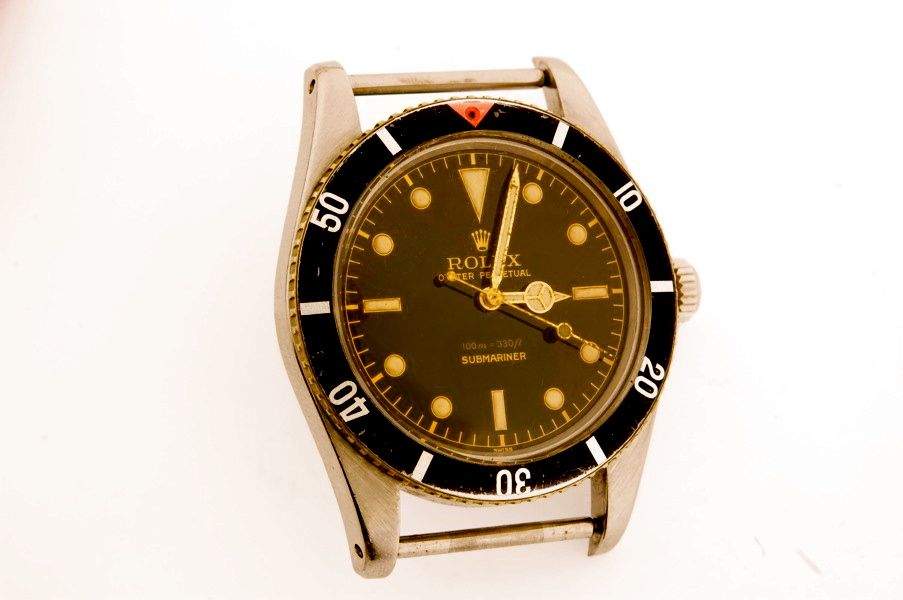
Bezel
The bezel on the 6536/1 is different than on the 5508-especially with the early models.
Early models were known to have the markers in 10- minute intervals and also had a red triangle (see picture above). Later models of the 6536/1 then carried the first 15 minute markers (individually marked) which is common on most Rolex models today. The 5508 had only the individual first 15minute marker and are not known to have the bezel marker without it like the 6536/1 (see picture below).
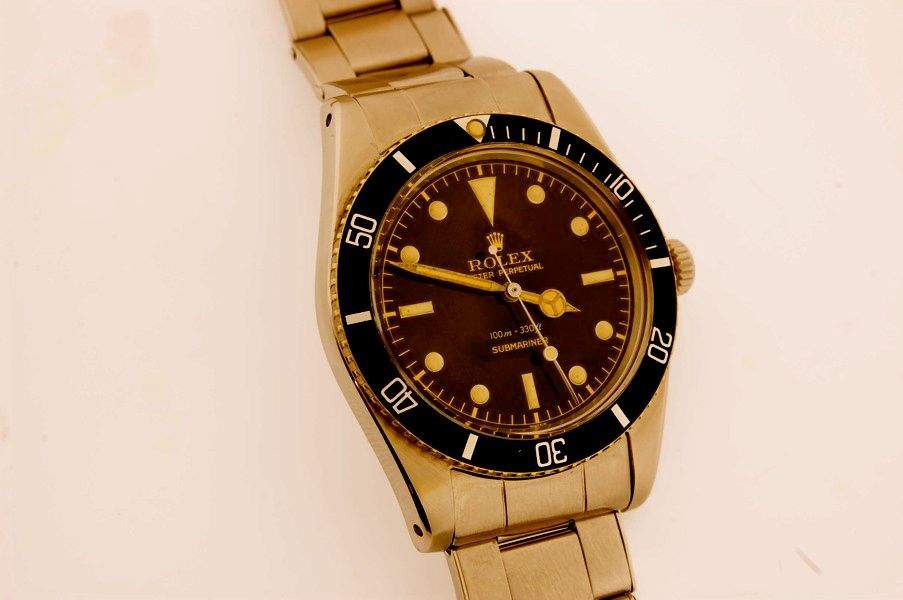
Dial
Both watches share a very similar dial.
Both in original form are CR (Chapter ring) dials with swiss signed below. Naturally both are Gilt dials with the depth writing (100m) for both the 6536/1 and the 5508 in silver. The hands are ‘Mercedes’ type on both models and both in their original form are also glossy (black lacquer dials).
What is interesting to note is that the 6536-1 is more golden than the 5508 which is a gilt dial, but more silver in nature. I personally prefer the 6536-1 which more resembles the most beautiful early submariners like the 6200 or 6538 (both big crowns) and the 6204 and 6205 (both small crowns). The two different colors are only found on dials which are well preserved. Both the 6536-1 and the 5508 are both glossy and shine like mirror (collectors often refer to this as lacquer dial) when found in excellent condition.
Movement
The movement on the 6536/1 is a caliber 1030. The 5508 came after the 6536/1 and thus carries the newer movement and successor movement to the 6536/1, caliber 1530 which was a more modern and reliable movement than the 1030. Both are so called ‘Butterfly movements’ because of the rotor which is shaped like a Butterfly on both the 6536/1 and the 5508 (see picture below).

Case back
The outer case back of both references are quite different.
The 6536/1 is on the right and is quite different in shape than the smaller diameter case of the 5508 on the left (see picture below). The inner case back of course is marked with the respective dates. On the left you have 5508 which has the smaller diameter also on the inside of the case back. It is also clearly marked with the date 1958. On the right you have the date marked III 1957 – third quarter 1957 of the 6536/1. See picture below.
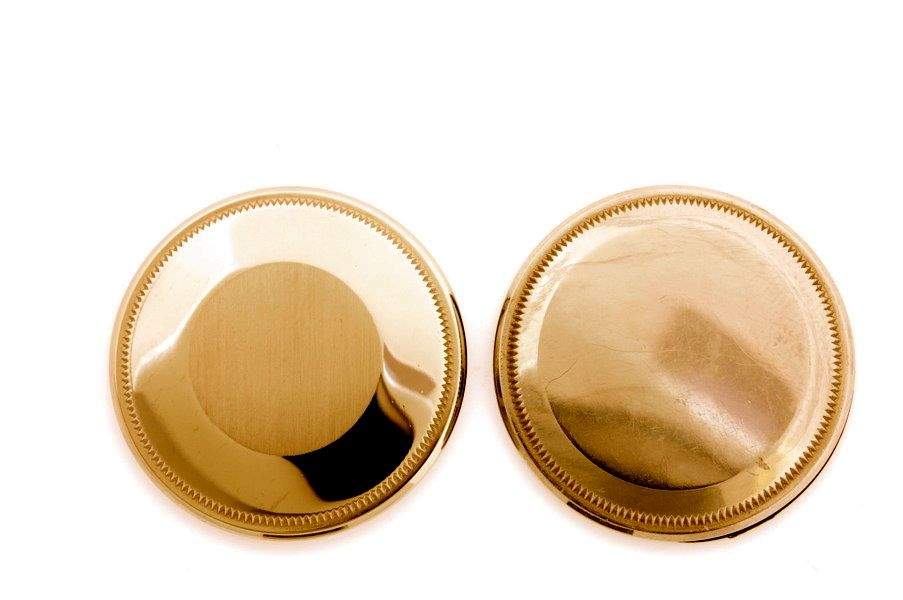
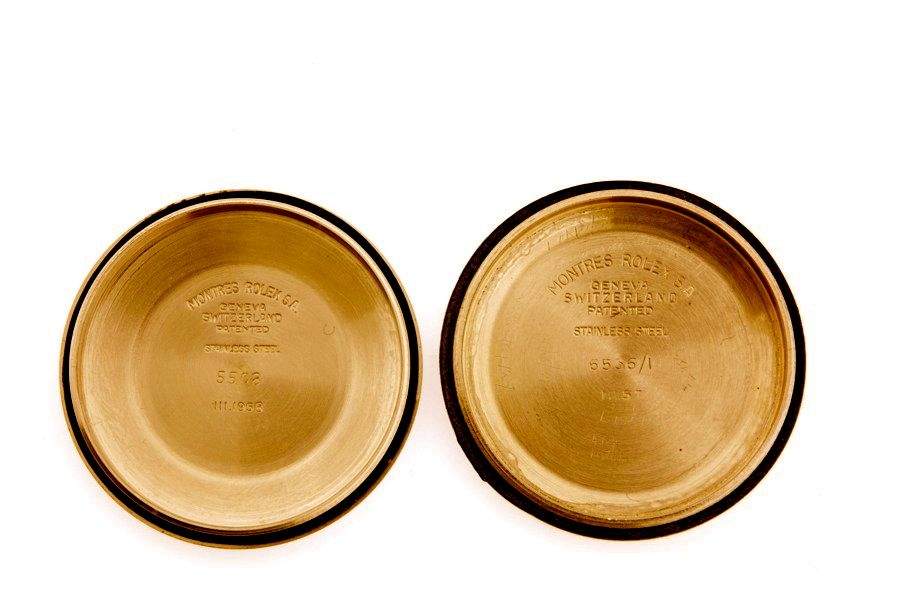
Case
Both cases of the 5508 and the 6536/1 are exactly the same height and exactly the same length as measure from one end of the bezel (45min mark) to the other end (15min mark).
Both watches when unpolished are 38mm from end to end. The height of both watches is 12.8mm. The advantage of both models is that they are relatively slim and can easily fit under a shirt when wearing suit. The big crown models both 5510 and 6538 as well as the 6200 are larger cases in both diameter and thickness.
Concluding thoughts
Both these early ‘small crown’ submariners without crown guards are charming.
They are more wearable than their larger big crown brother and are just as collectable. The 6536/1 we have shown in the post was available at Bonhams in December 2012 and sold for £21’000 after all fees included. The watch is believed to come from the original owner family according to Bonhams. For the original listing of the watch please click here. Both ref 5508 and 6536/1 are very collectible and still represent good values. Especially when you compare them to the big crown models which are now fetching USD 500’000 in perfect condition (like the one sold earlier this year at Christies for a record ever sum for a submariner).
(We would like to thank Jim Gerber for lending us his fine 5508 for this report)
No report would be complete without a mandatory wristshot
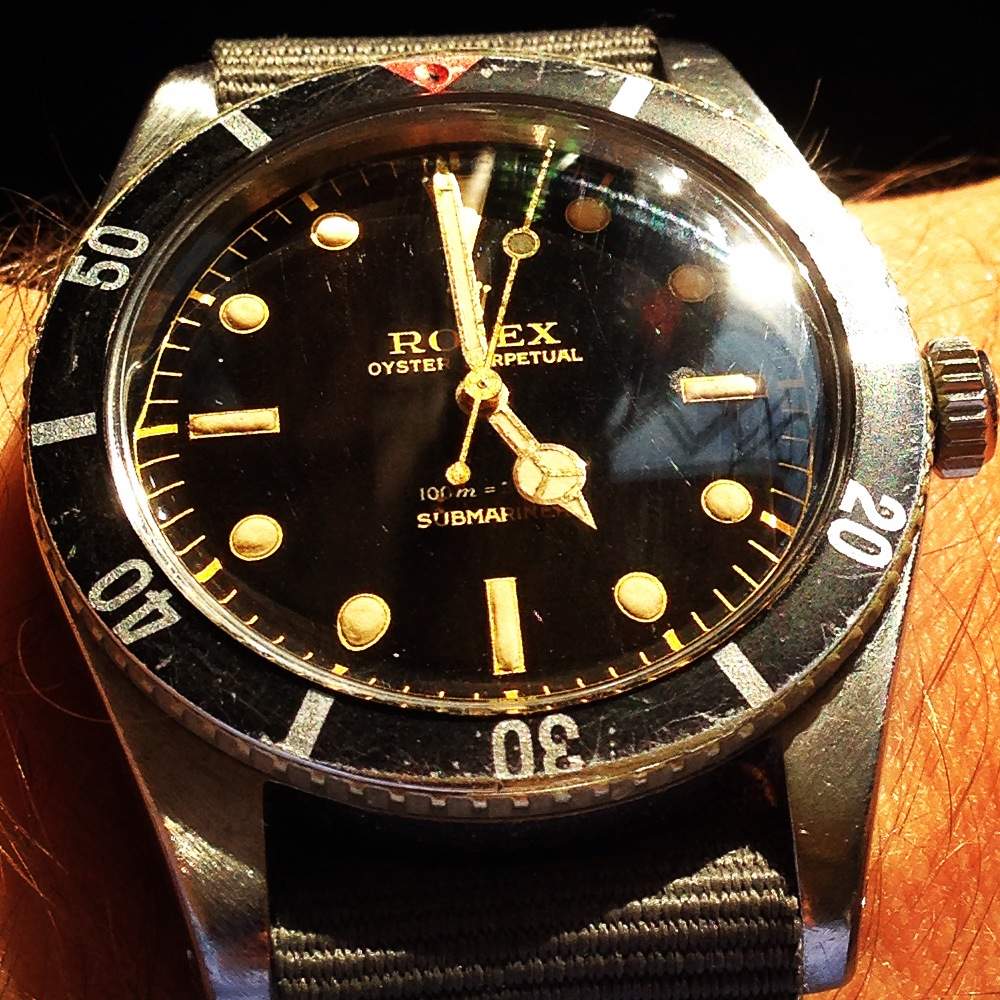
Here another wristshot of the 6536-1 a hyper rare reference that was produced only for a little more than one year.
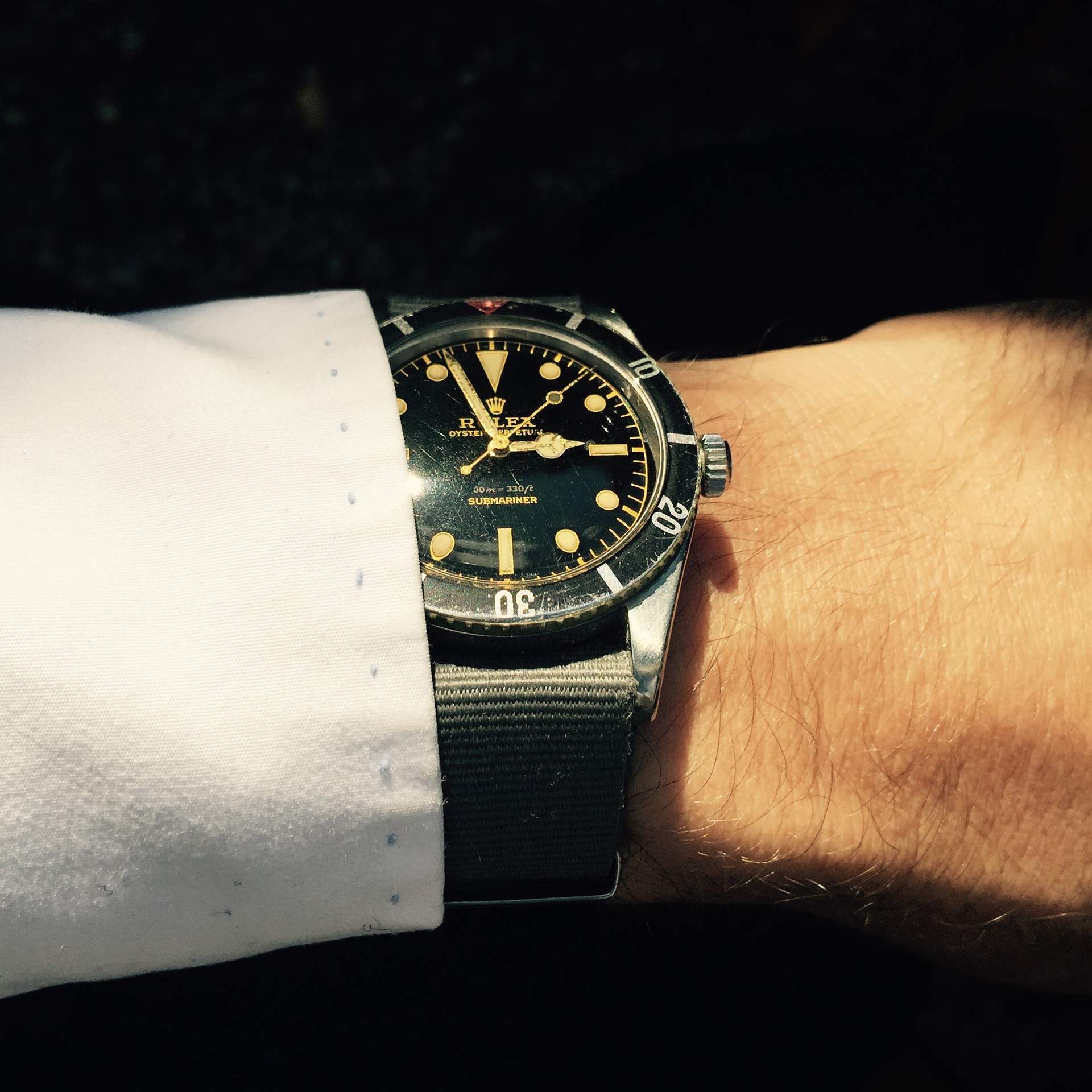
Small crowns look excellent also on a oyster bracelet which is the way they were born.
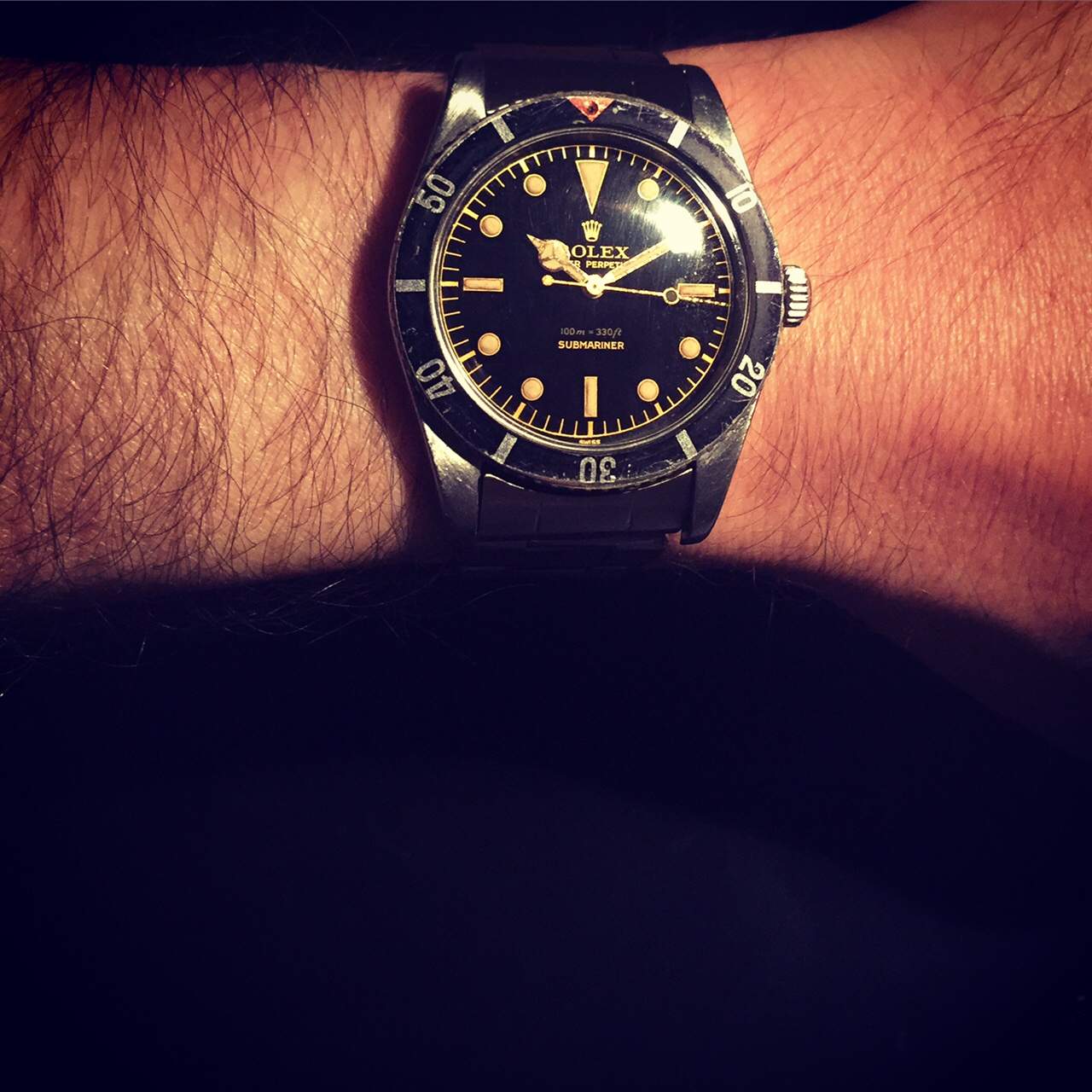
The picture below shows two small crown 6536-1 separated by only 100 case numbers and both from 1957.
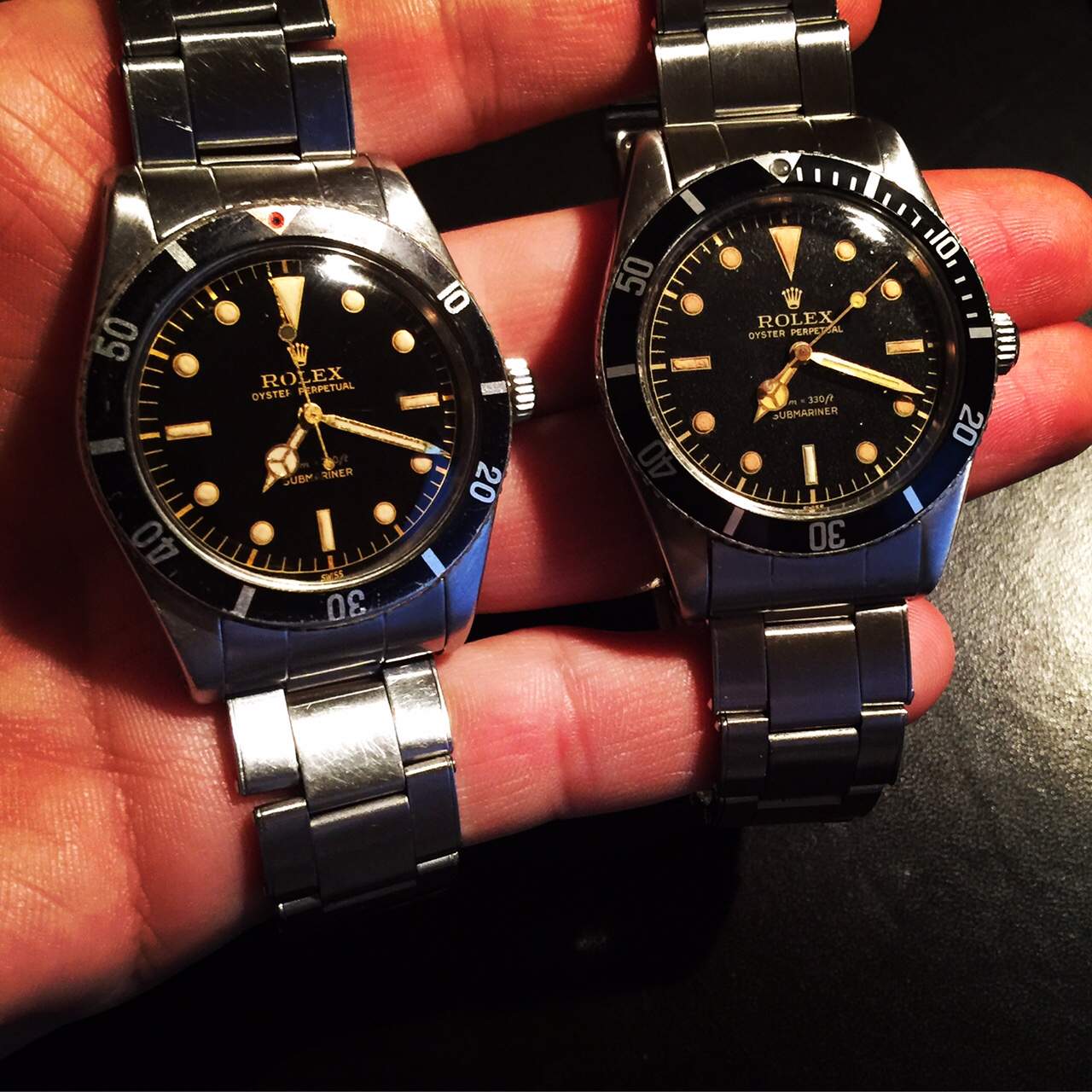
The next picture with a combination that works well for me.

This small crown 6536-1 was bought at Bonhams from the original owner family.
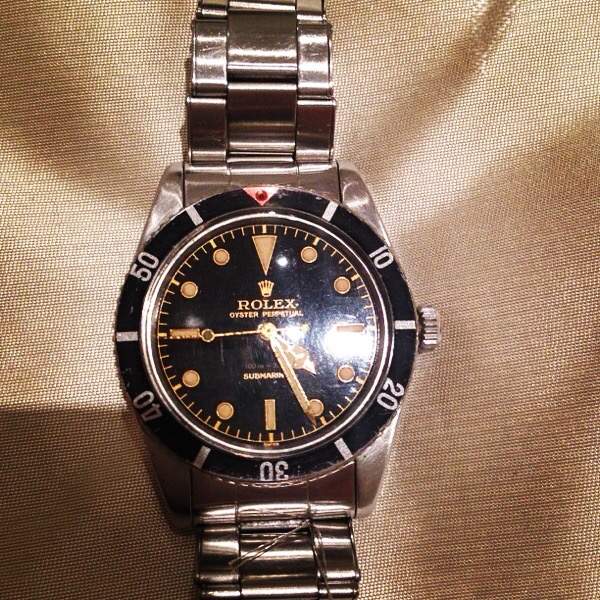
The last picture shows two small crowns, the 6204 and the 6536-1 together – both extremely rare references in good condition.
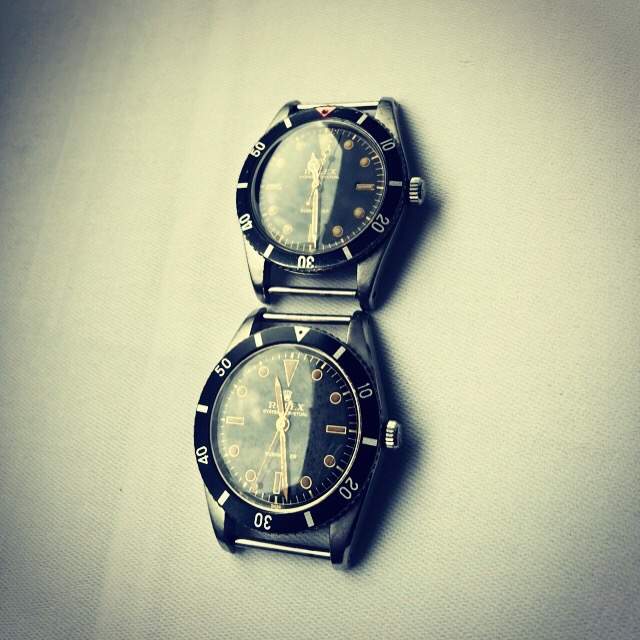
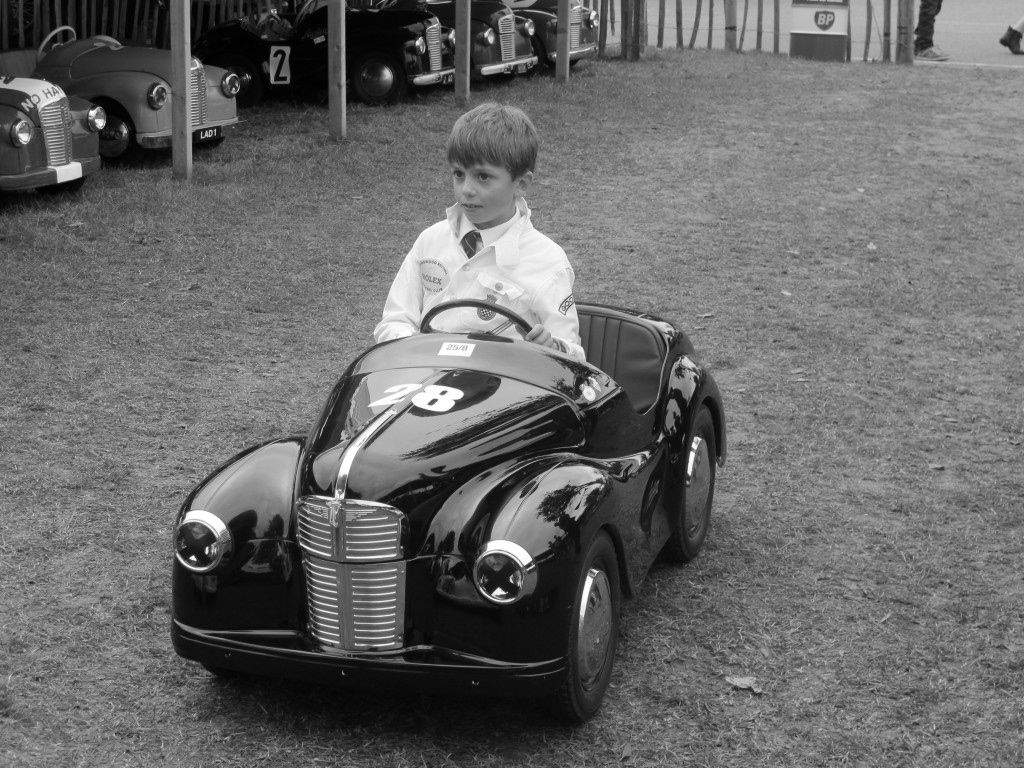
Goodwood revival 2013: Unique in this world
In the investment business it is all about managing expectations. You set the expectations of investors and analysts too high and your company disappoints, the stock price will likely take a big hit.
Managing expectations is critical.
So when everyone told me that there was nothing more exciting and unique than the Goodwood Revival my expectations were set very high.
I have been to glamorous events in this world: Villa d’Este Concorso in beautiful Italy this May. How can Goodwood be better than that? It’s in the middle of nowhere (Chicester to be exact) and the way to get there from London is slightly aggravating-especially when its pouring with rain. The helicopter is one option- it only takes 5min from Battersea in London- but I was too late with the bookings. So it was a 9o minute train ride. It was raining and pretty cold and damp- very British weather that welcomed us at Goodwood.
Upon arrival though you quickly forget about the weather. The smell of Petrol was everywhere and literally everybody who was there on Saturday made the effort to dress like the post-war years of the 1950s and 1960s. It was like traveling back in time.
The Goodwood experience is unique. It far surpassed the expectations I had.
Its exceptional in every aspect and not only because of the fine cars you see there. It was the people, the passion for a by gone era. In dress style. In racing. Let the pictures speak for themselves.
When I saw the sign at Goodwood we knew we were in the right place.

This gentlemen reminded us that not everything at Goodwood had to do with cars.
There were plenty of Spitfires on display too.
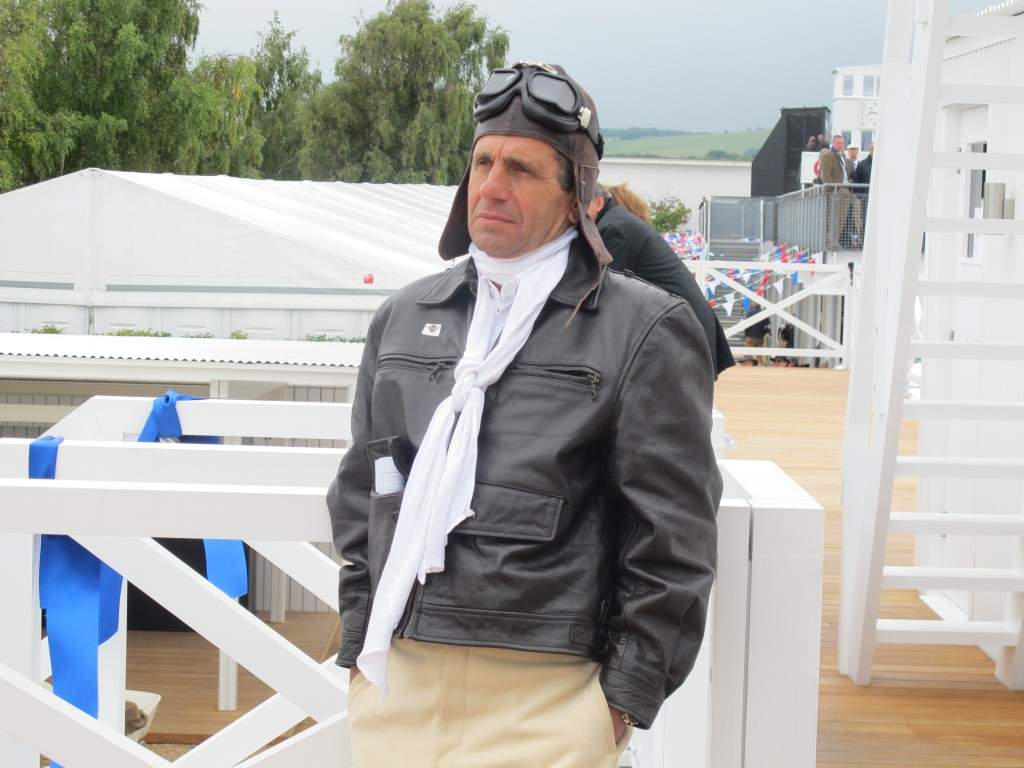
This man apparently found his great outfit on Ebay for only £20. LME will be applying this strategy next year…
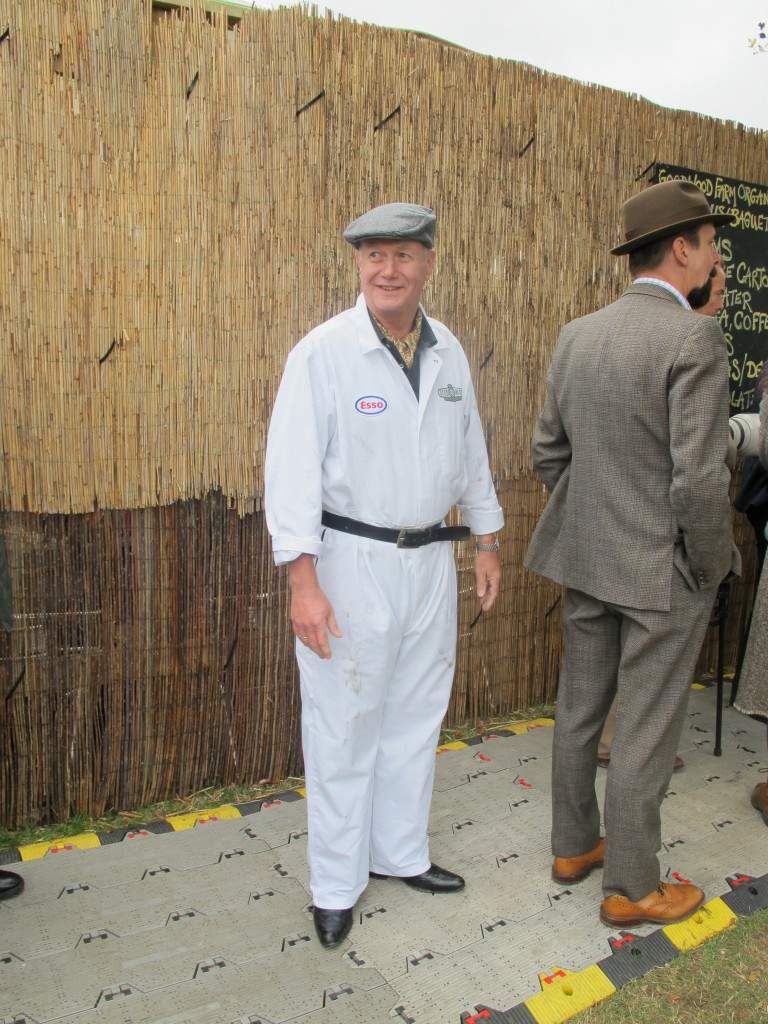
The first car we saw is a real favourite of mine. A Ferrari 275 GTB in wonderful green. The car has been changed to RHD from LHD (usually the opposite is the case)

I was not alone in spotting this fine 275 GTB. Alain de Cadenet was explaining the car to some Swiss people (all courtesy of Rolex).
We could not help overhear how de Cadenet was telling them that it was also among his favourite cars and how these cars today are selling for some serious money.
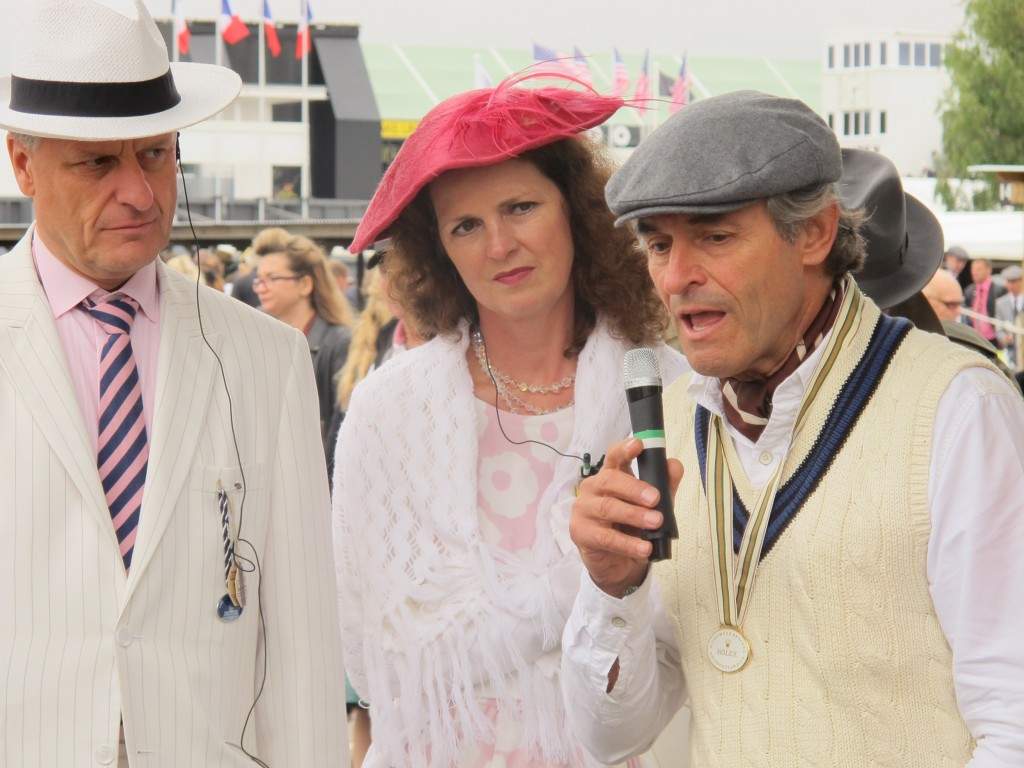
Where there is one Ferrari, there is bound to be another one. Here another favorite of mine- a fine Ferrari 250 SWB steel car that looks like it has been driven regularly.

The 250 SWB is one of the few cars to look equally good from the back as it does from the front.

While on the subject of Ferrari. Wonder what officials at Goodwood use as safety cars? A fine Ferrari 275 GTB in yellow. What a luxury to have.
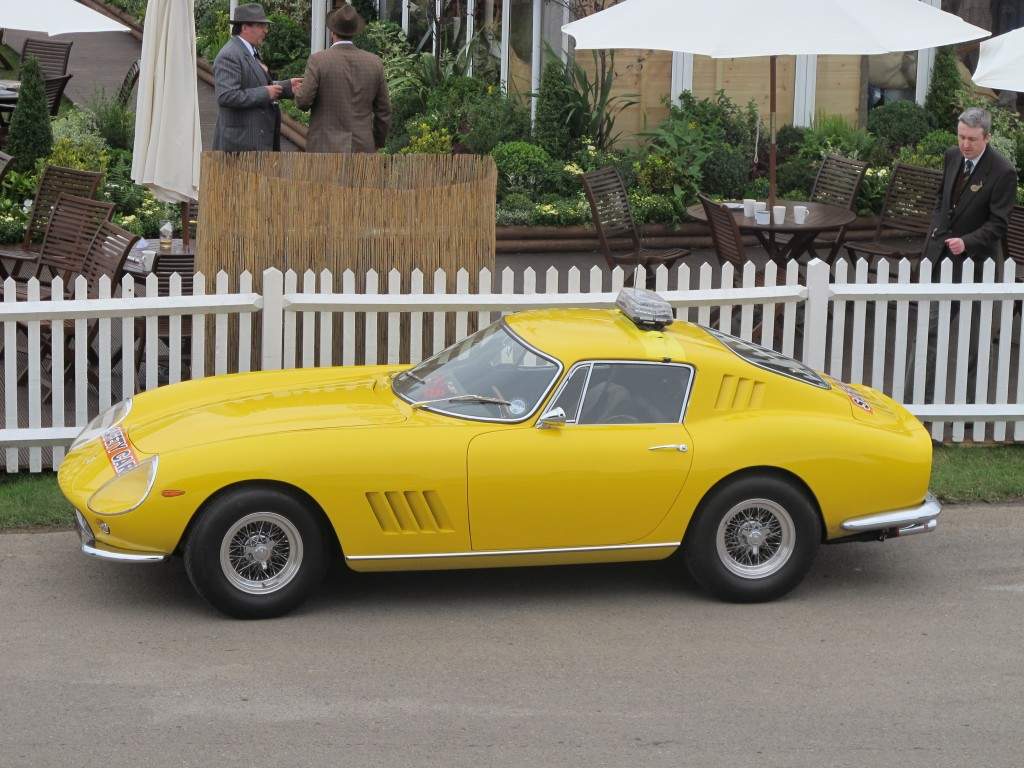
We are at Goodwood after all so lets take a look at the cars in the paddock – most of which were raced or being prepared to be raced. Only at Goodwood are you likely to see not one but two Aston Martin DB4 GT Zagato’s!
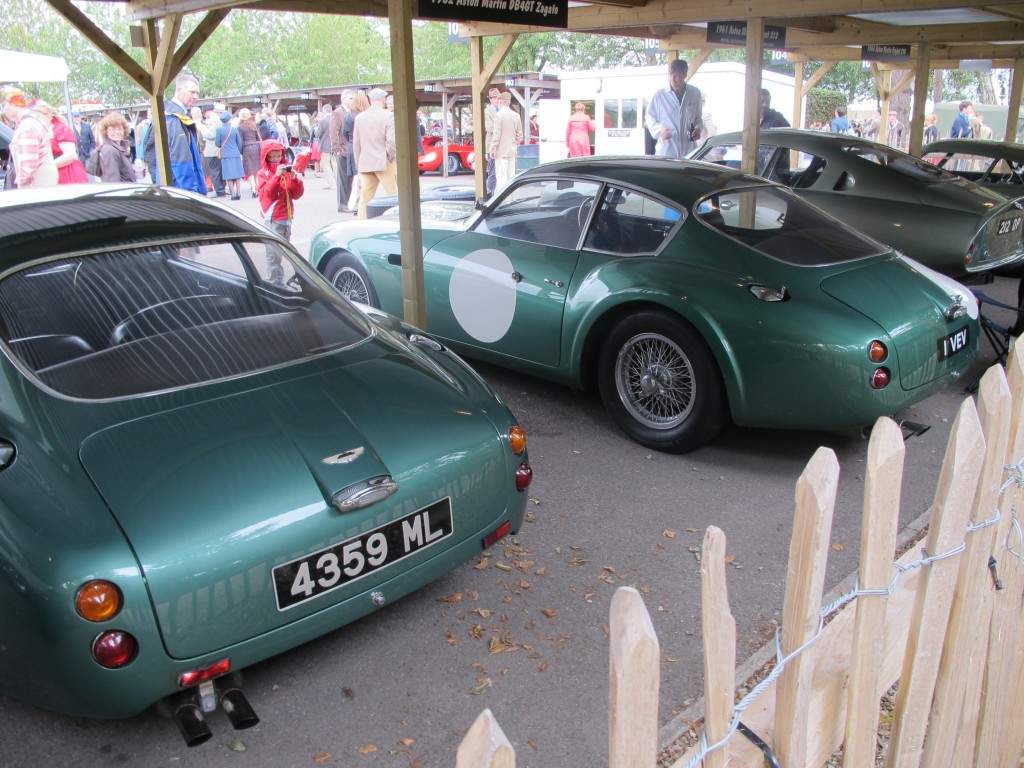
Think the Ferrari 250 GTO is rare? It is not at Goodwood. Here are two of them. Both are owned by Sir Anthony Bamford.
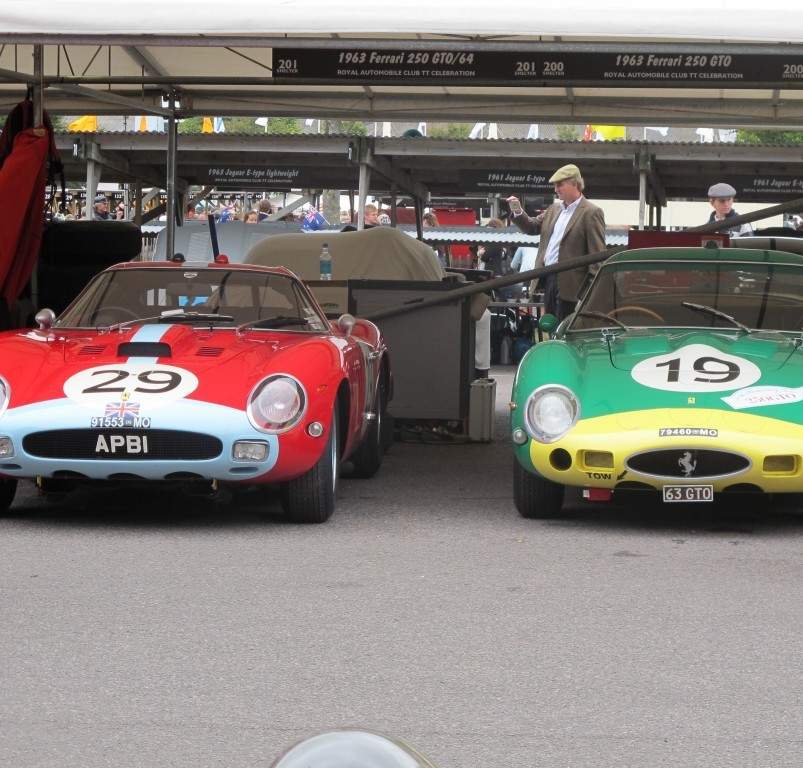
While most of the cars survived in relatively good shape- this nice looking C-type Jaguar did not fare so well.
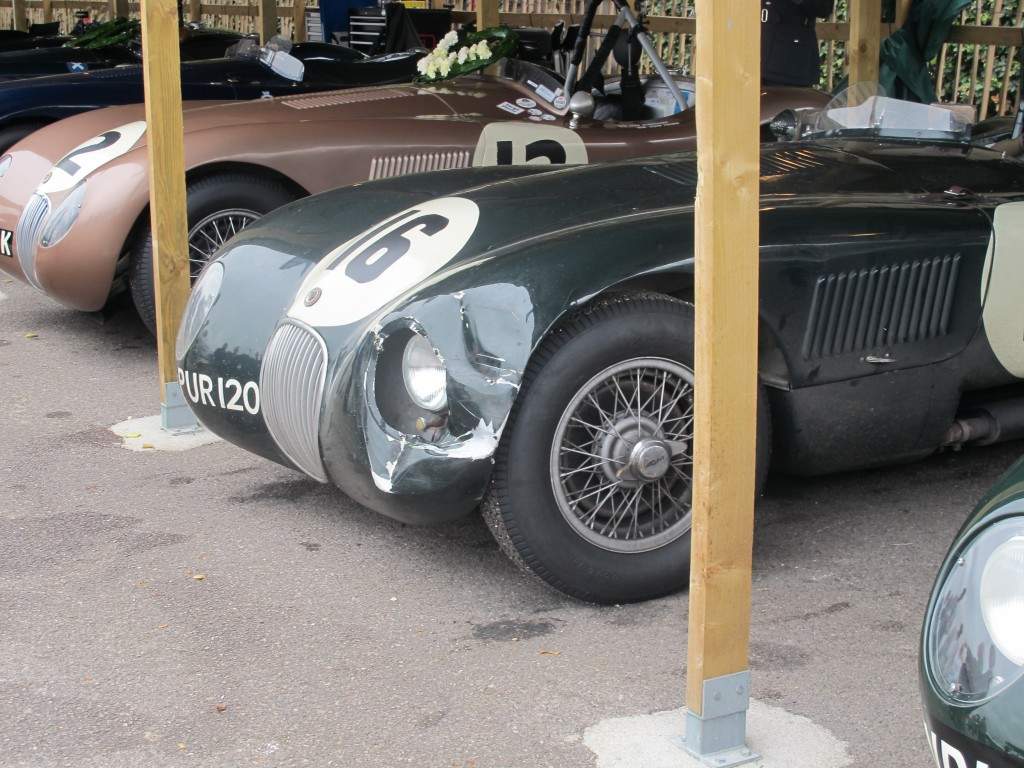
Wondering what the photographers were looking at? So were we.

The crowds were packed at Goodwood- tickets had sold out very fast months prior to the event beginning.

We would like to thank Credit Suisse for inviting us to Goodwood.
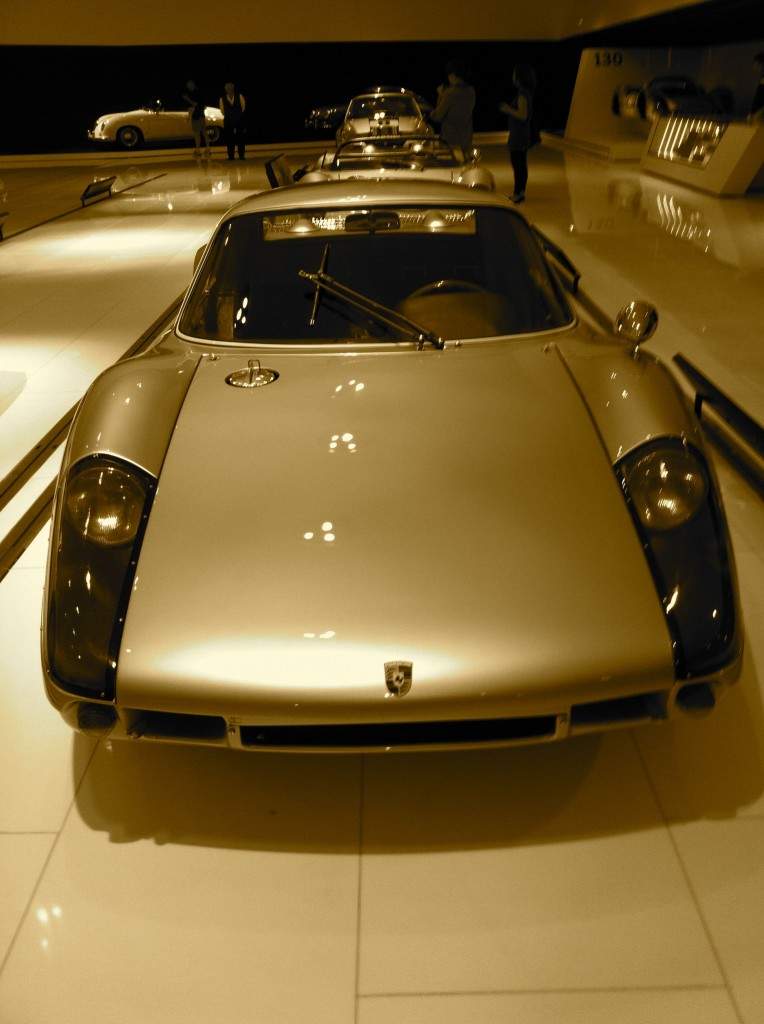
Model Focus: Porsche 904 Carrera GTS
Think of vintage Porsche and the following comes to mind. A Porsche 356 speedster. Or the legendary 911 Carrera RS 2.7 from the 1970s.
But perhaps the most successful Porsche ever made and certainly among the most collectible and valuable is a model that is little known to most classic car collectors. Its the Porsche 904 Carrera GTS.
The car was designed by Ferdinand ‘Butzi’ Porsche (who also designed the 911 series) in the 1960s as a dual purpose car (meaning for the road and for racing).
The 904 was revolutionary in many ways.
Firstly the design was completely new, with the long front nose and many considered this Porsche the most attractive car ever made. Secondly the 904 was the first Porsche made completely out of Fiberglass, making the car extremely light. The car only weighed 750 kg! Powered by 4, 6 cylinders (works cars had 8 cylinders) and by a 4 cam, 2L engine (the last 4 cam to be built by Porsche), the 904 had a 5 speed gearbox, independent suspension and disc brakes.
It was no surprise that on hill climbs and rallys most cars could not keep up with the 904, which one the Targa Florio numerous times. Only slightly more than 100 cars were ever built by Porsche (116 to be exact). You thought a 356 Speedster was rare? They made thousands of those. The only other very rare car made by Porsche was the 550 spyder of which 90 were made.
So why are we mentioning the 904 Carrera GTS?
Because its very rare, super collectible and being undervalued by the market right now! Sure a 356 speedster might be more glamourous, an old 911 more elegant. But the 904 Carrera GTS is the ultimate Porsche when it comes down to racing history, looks and performance.
Gooding & Co recently sold a wonderful red 904 at Monterey which was mostly original (rare if you think this was a race car with a delicate fiberglass body). The car was interesting because it had racing history but still retained its original chassis, engine, gearbox and fuel tank. Even the seat material in velour was correct and original! Despite the cars original condition and race history it sold for under the estimate of $1.75-2.25m, to sell for $1.59m.
This proves that in the classic car market there are still values to be had if you do your homework.
In another sign that 904s are being undervalued in the current bull market for classic cars, another fine 904 sold in London by RM Auctions this week for £1.23m or $1.94m also well below the estimate of the auction. The 904 by RM Auctions had fantastic racing history (winning its class in Sebring in 1967) and was an official Porsche works car.
For the classic car collector looking for a dual purpose car for the road and racing there are not many options. A DB4 GT Aston Martin is one choice, the other being the Iconic Ferrari 250 SWB.
But for someone looking for something more unusual, more exotic – the Porsche 904 Carrera GTS should be given close consideration.
Below a rare 904 Carrera GTS with 8 Cylinders at the Porsche Museum in Stuttgart.
